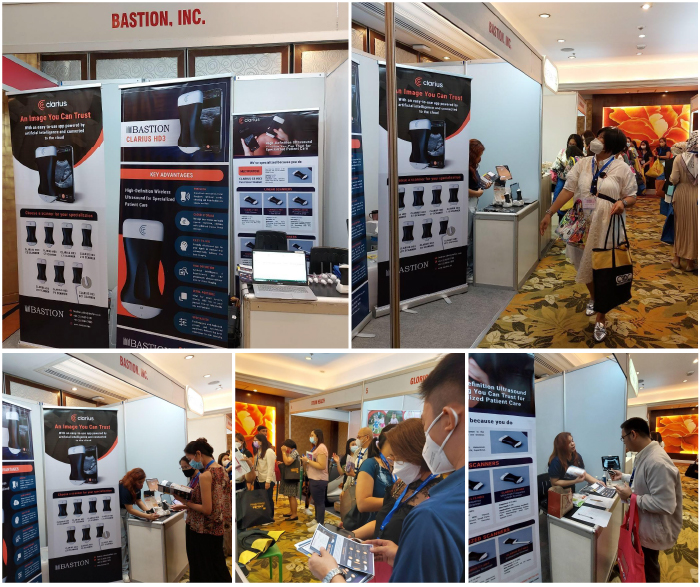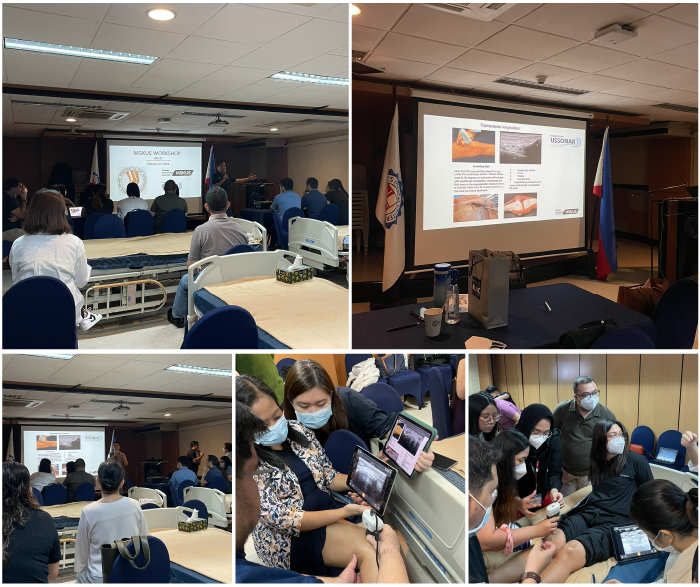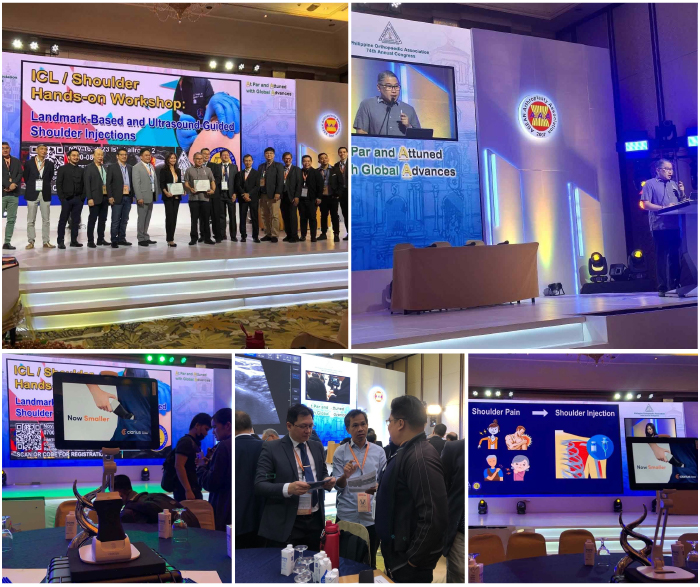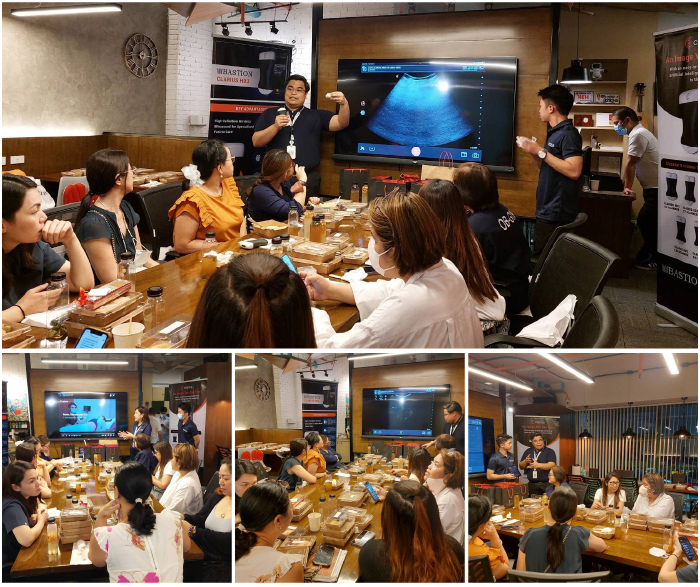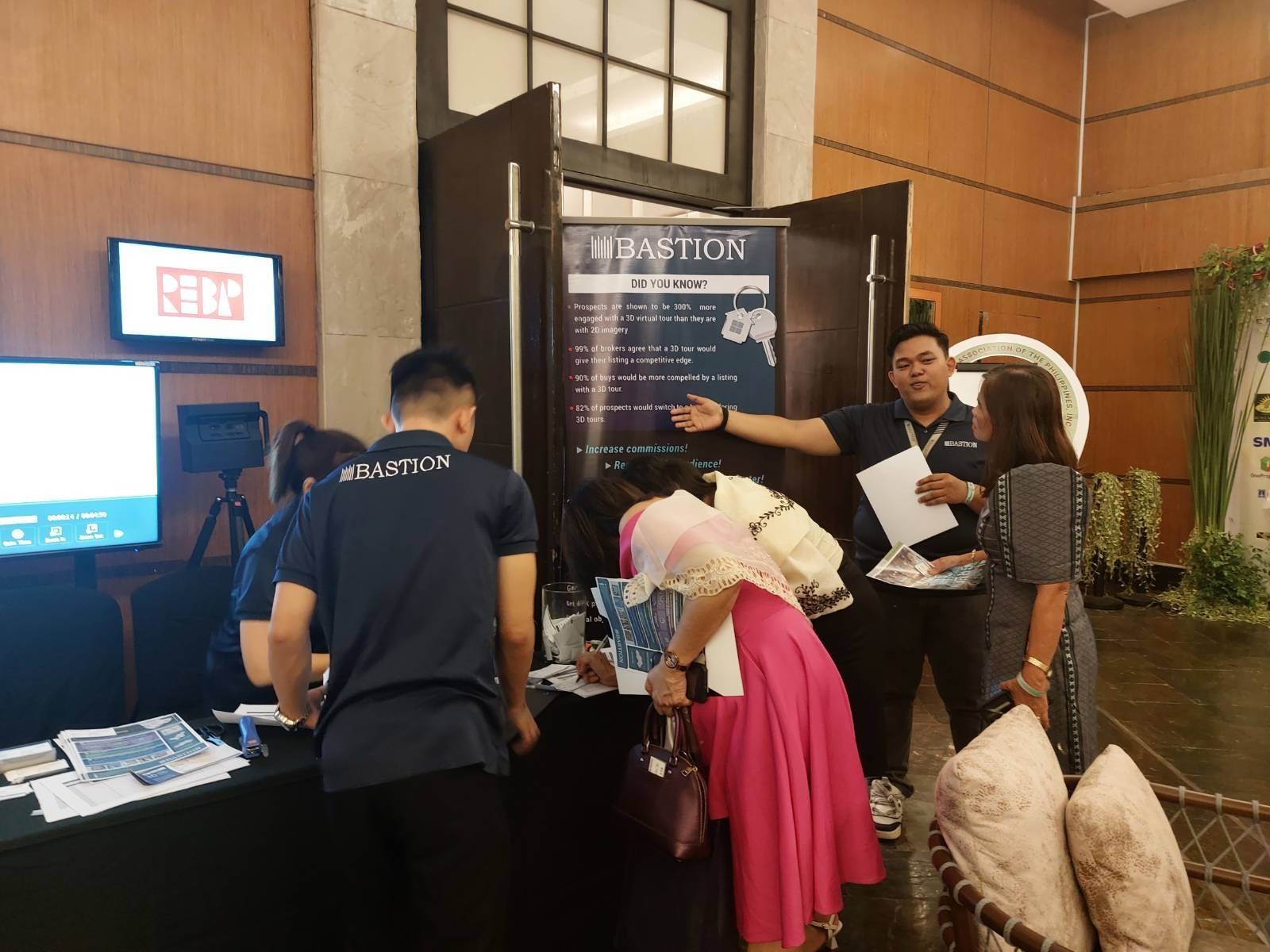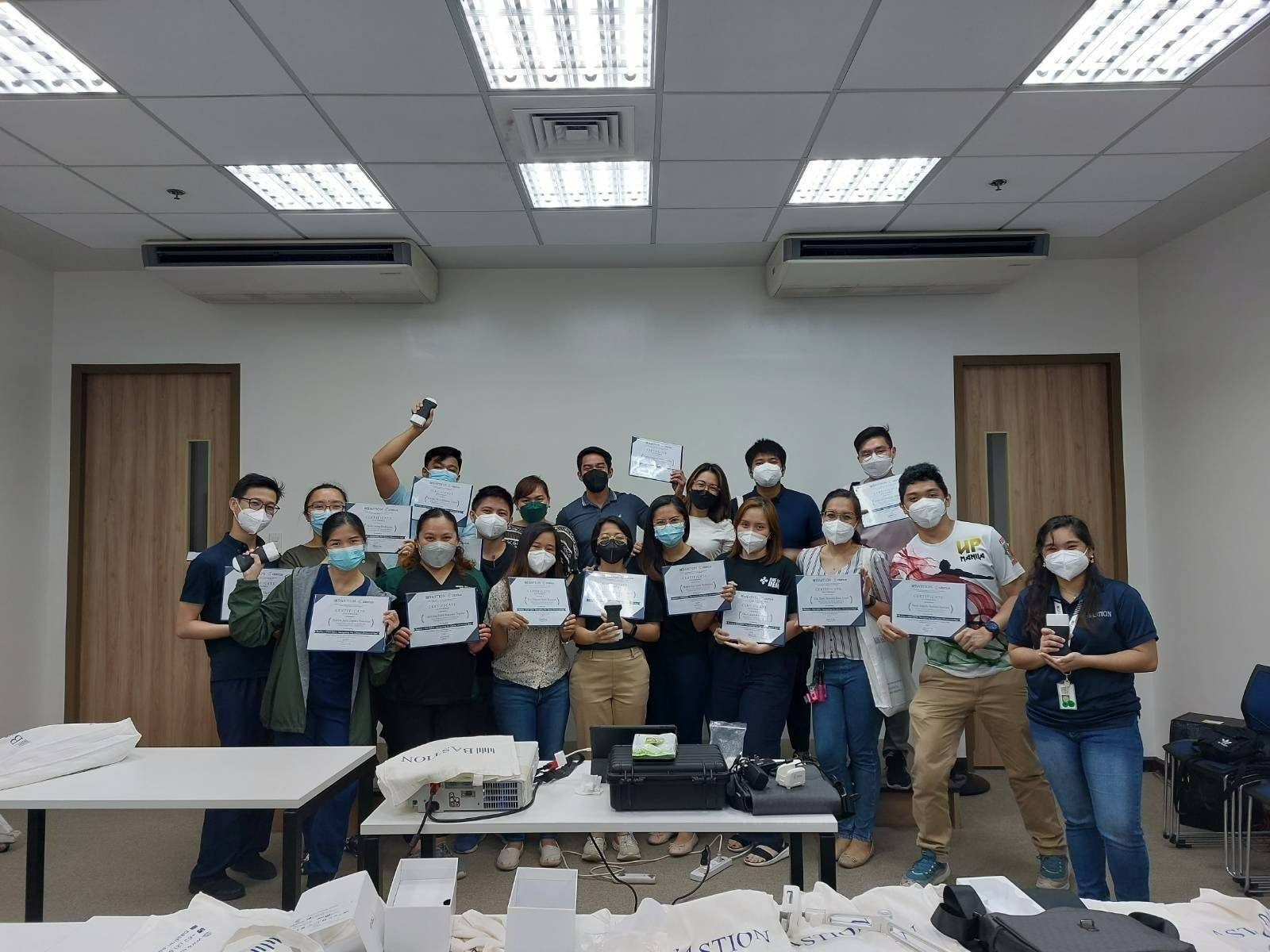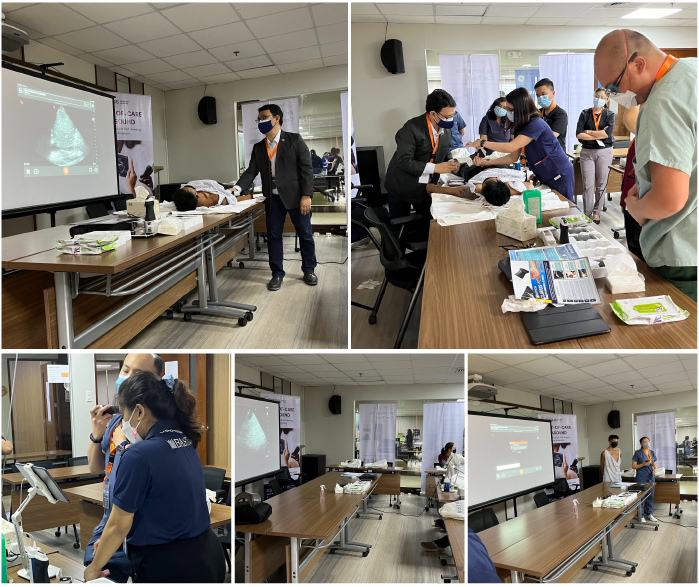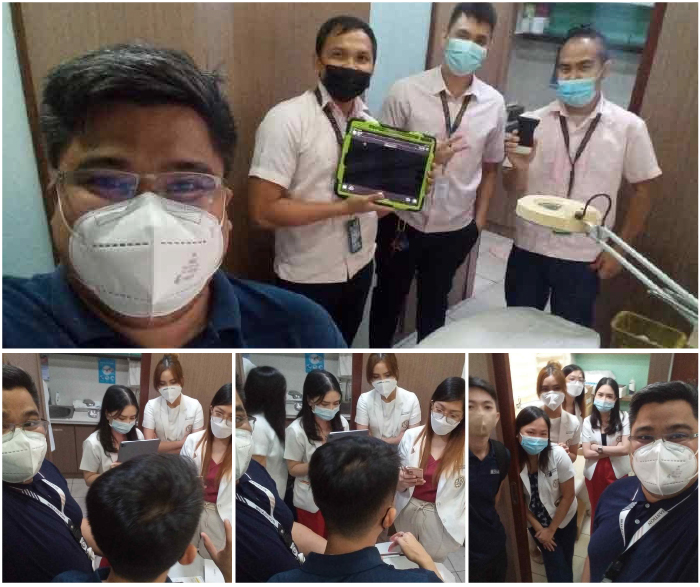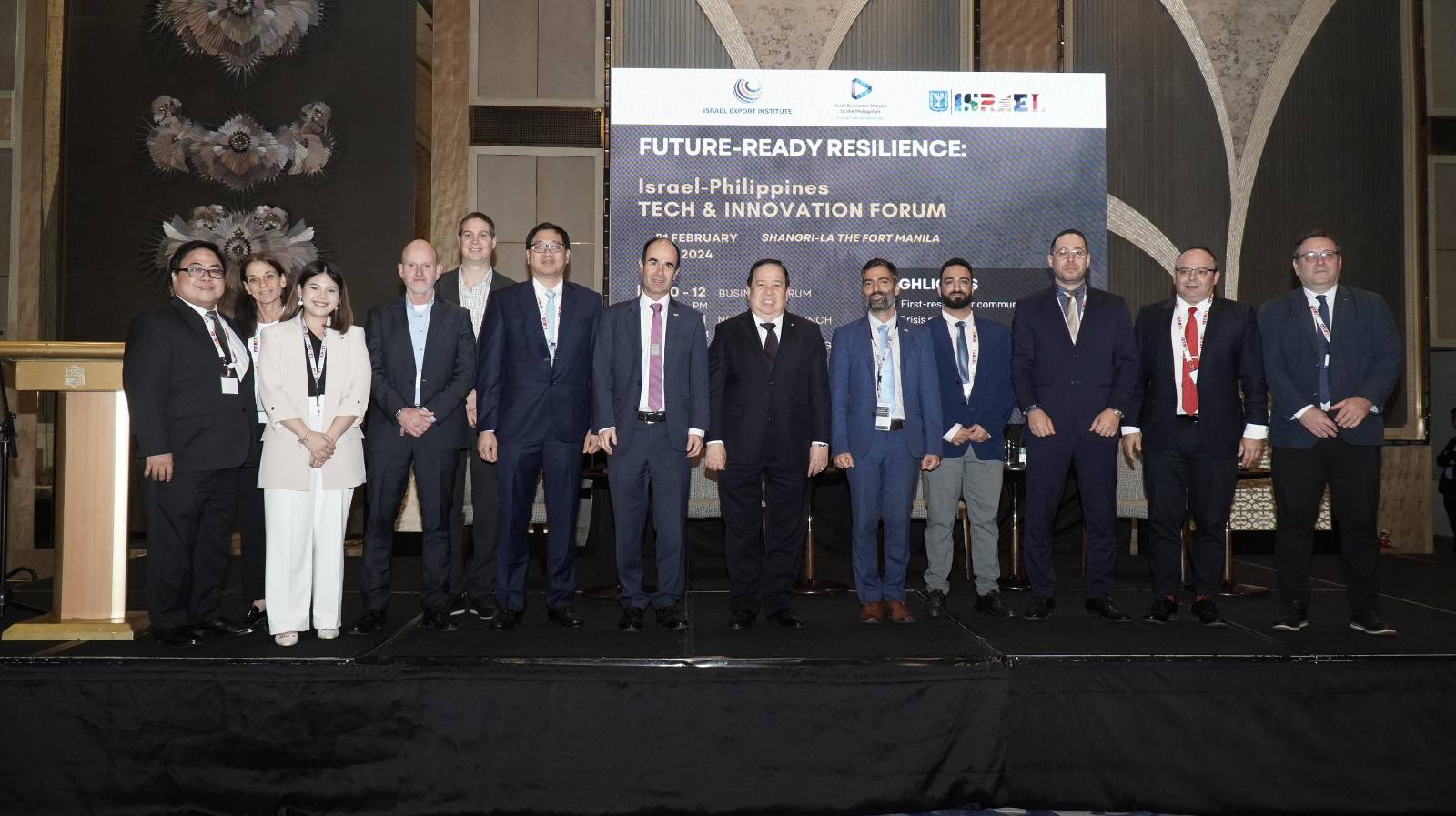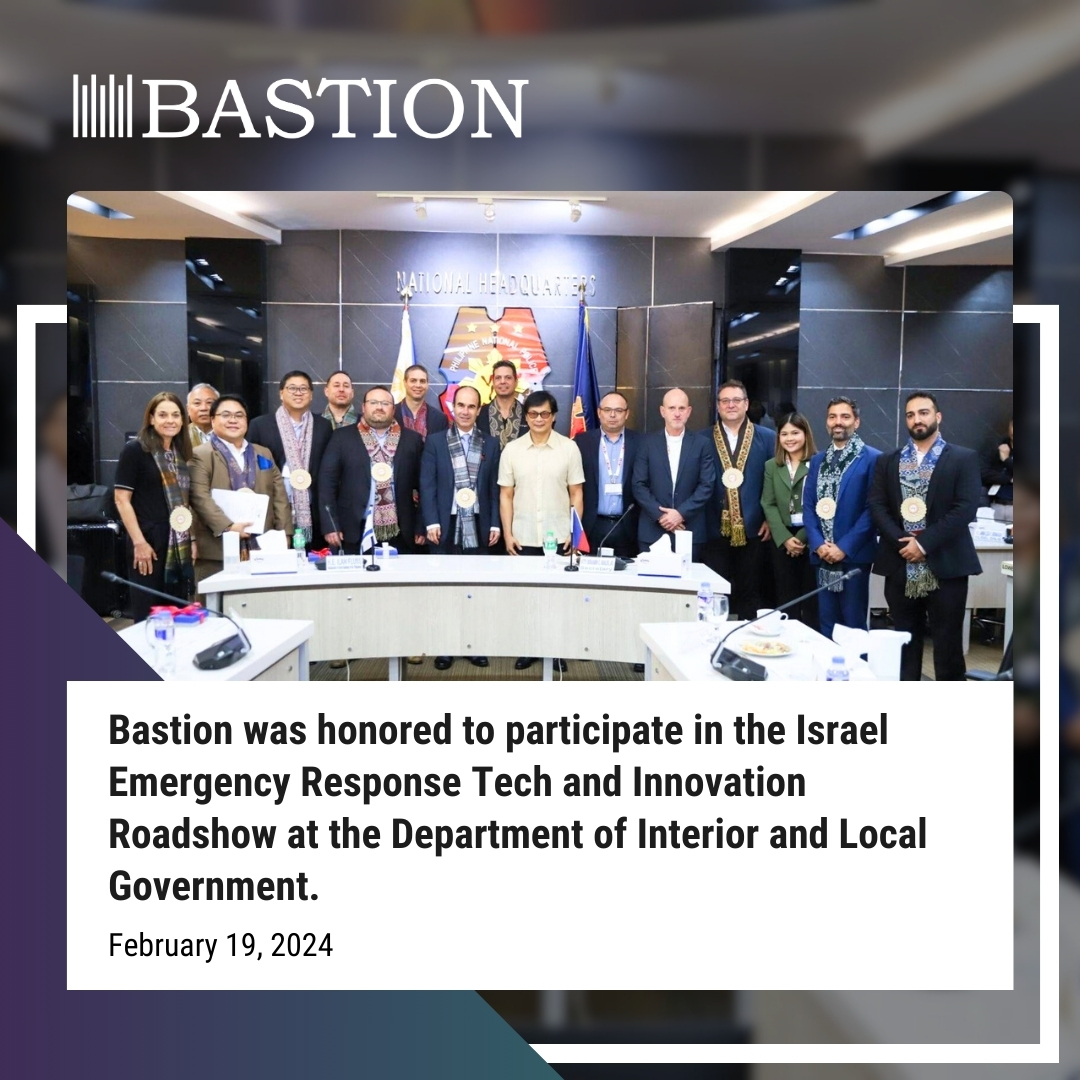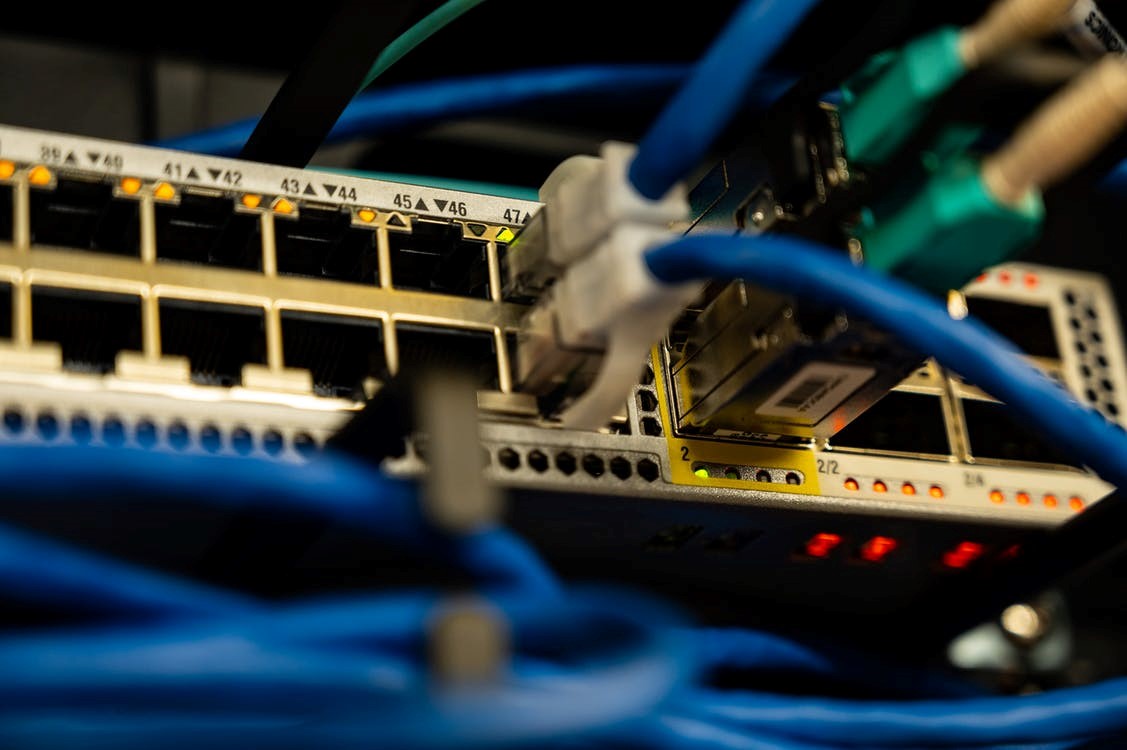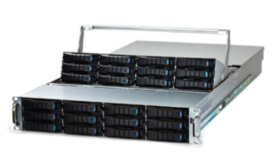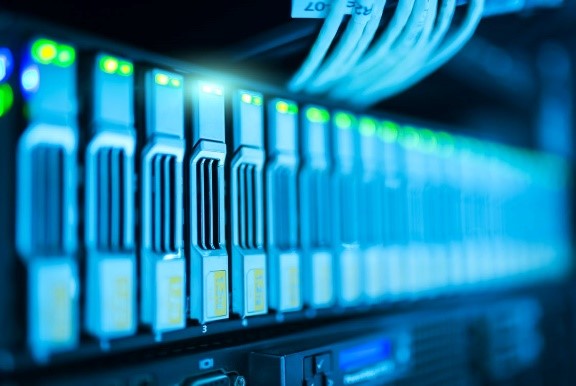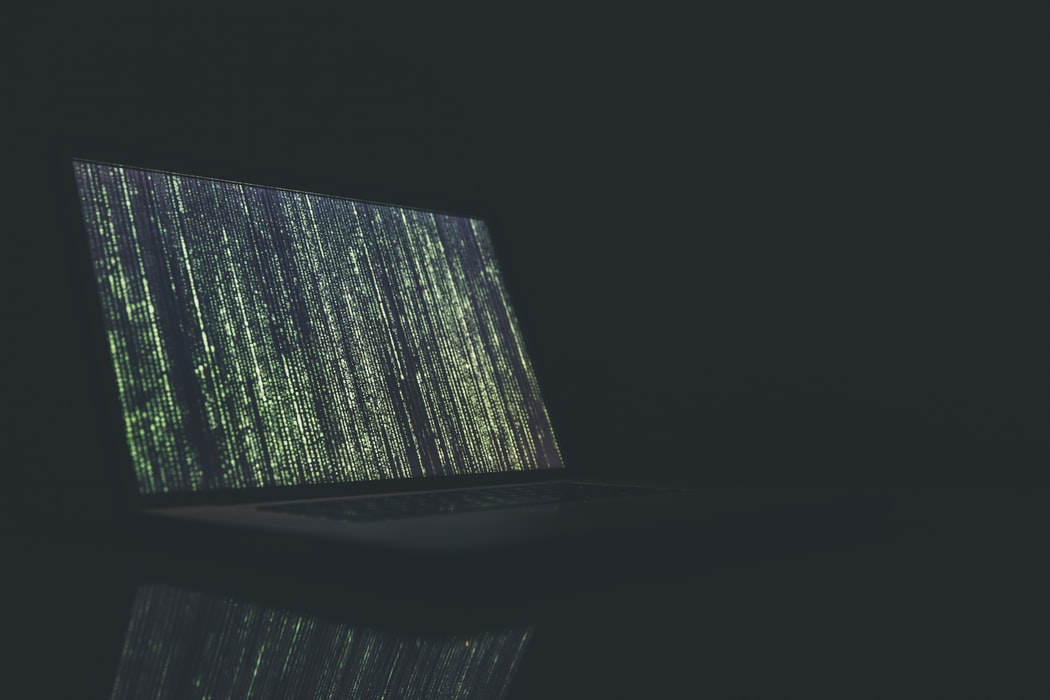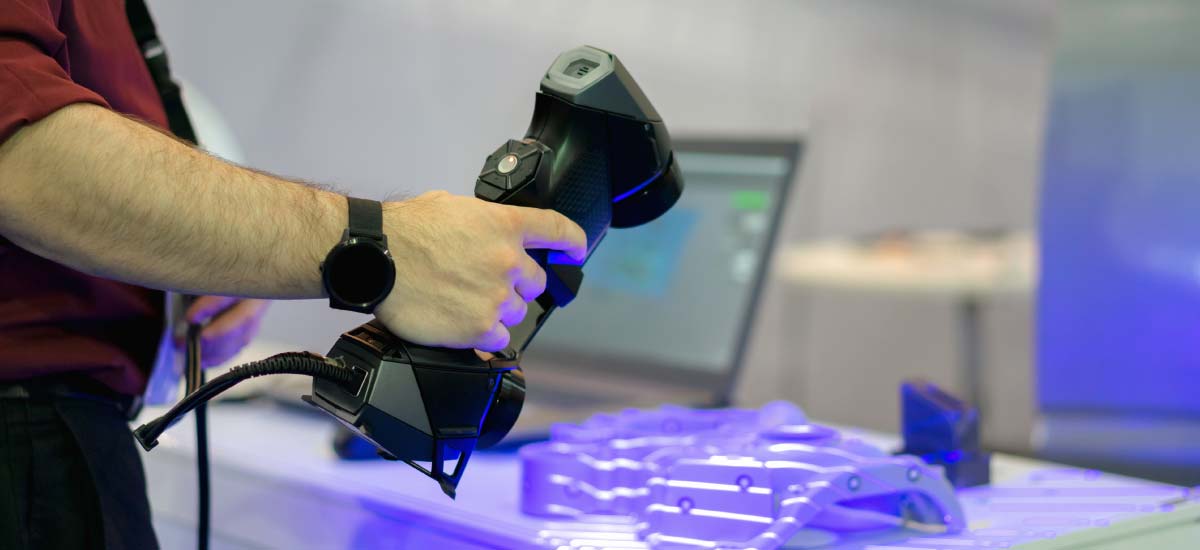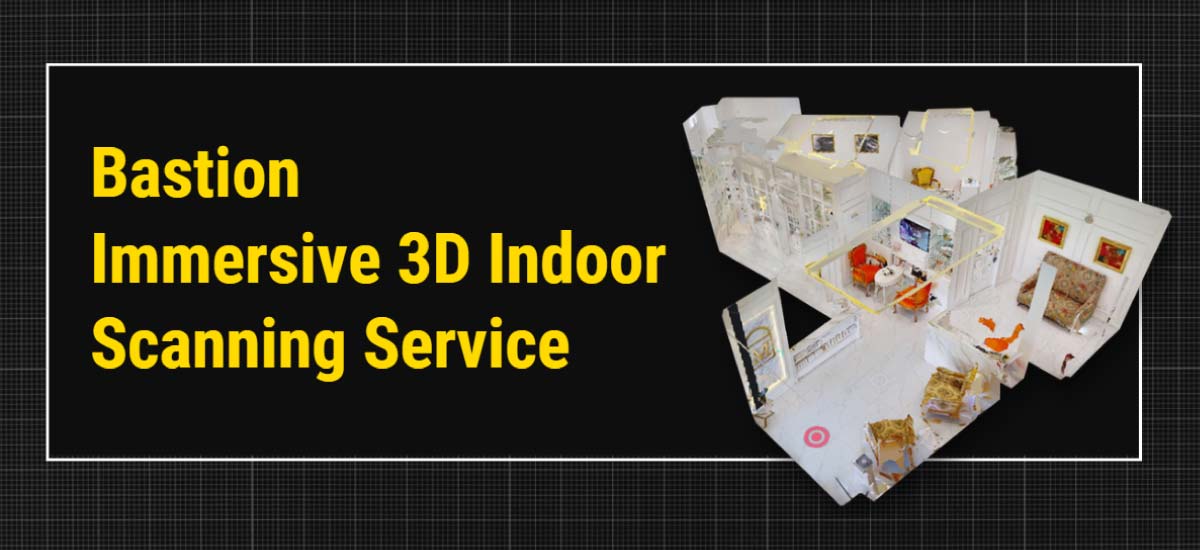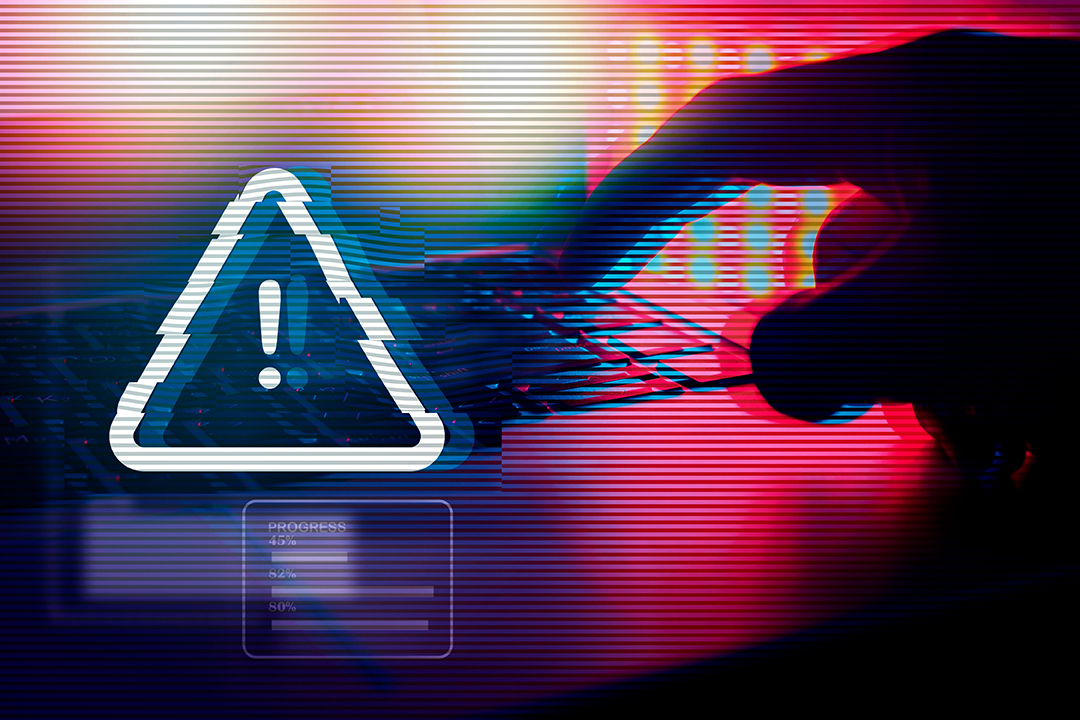
Ransomware, a type of malicious software that encrypts data and demands a ransom for its release, has become a significant cybersecurity threat in the Philippines. As the country embraces digital transformation, both businesses and individuals have become more vulnerable to these cyberattacks. Recent years have seen an uptick in ransomware incidents, targeting industries such as finance, healthcare, and government agencies.
The Philippines' increasing reliance on digital platforms on their day to day activities and transaction, coupled with limited information about cybersecurity, makes it an attractive target for cybercriminals.
According to the Department of Information and Communications Technology (DICT), cyberattacks in the country, including ransomware, surged during the pandemic due to the rapid shift to online work and digital transactions.
It is also a growing threat to small and medium-sized enterprises (SMEs), which are often targeted due to weaker cybersecurity defenses. SMEs typically lack the resources for advanced security systems, making them vulnerable to ransomware attacks that can disrupt operations, steal sensitive data, and demand hefty payments. Cybercriminals use phishing emails, unpatched software, and weak passwords to infiltrate networks.
The Department of Information and Communications Technology (DICT) of the Philippines has been proactive in addressing cybersecurity threats, including ransomware. To combat the growing threat, DICT launched the National Cybersecurity Plan 2022. This plan focuses on four main objectives:
- Strengthening critical infrastructure protection to secure essential public services.
- Enhancing cyber resilience across government and private sectors.
- Raising cybersecurity awareness to educate the general public and organizations about potential threats like ransomware.
- Building international partnerships to collaborate on tackling global cyber threats, including ransomware.
To safeguard digital data and ensure business continuity, Philippine businesses should consider implementing the following steps:
- Regular Data Backups: Ensure critical data is backed up frequently to offline or cloud storage to facilitate quick recovery.
- Invest in a Total Defense System for Security: By using the latest systems, you significantly enhance your protection against all types of threats, including zero-day malware.
- Employee Training: Provide ongoing cybersecurity training and workshops to help employees recognize phishing attempts and other cyber threats. It's equally important to practice company policies on disaster response by using realistic, AI-powered software services that enhance crisis resilience in the event of a real cyber-attack. This proactive approach not only empowers employees but also strengthens the organization’s overall security posture.
- Software Updates: To protect against vulnerabilities, it's essential to keep all software—including operating systems and antivirus programs—up to date. Regular updates ensure that you’re equipped with the latest security patches. Additionally, consider using high-quality security software that offers robust protection without relying solely on updates. Tools with real-time threat detection and behavior analysis can provide an added layer of security.
- Strong Password Policies: Enforce the use of complex passwords and implement multi-factor authentication to enhance account security.
- Network Security: Invest in firewalls and intrusion detection systems to safeguard against unauthorized access. Additionally, consider implementing advanced security software that not only defends against incoming malware but also protects all connected devices, even if one has already been compromised. This comprehensive approach strengthens your overall security posture and helps maintain a resilient, secure environment across your organization.
- Incident Response Plan: Develop a clear response plan for potential attacks, including isolation procedures and communication strategies.
- sAccess Controls: Limit access to sensitive information based on employee roles to minimize the risk of data breaches. Additionally, invest in high-end systems with Security Operations Center (SOC) capabilities, which can streamline your staff’s ability to detect and respond effectively during a cyber-attack. This strategic approach enhances data security and ensures a more efficient incident response.
- Consult Cybersecurity Experts: Engage with cybersecurity professionals to conduct comprehensive assessments and implement robust security measures. Their expertise can help identify vulnerabilities and establish effective strategies to enhance your organization’s overall security posture.
Cyber 2.0, complete protection against ransomware attacks
Many cybersecurity solutions today come with an overwhelming array of features, most of which are unnecessary for your business needs. This not only complicates your security management but also drives up costs for tools you’ll rarely use. Enter Cyber 2.0—a streamlined solution that focuses on what truly matters. By offering essential, targeted protection against all cyber threats, it ensures your company stays secure without the extra complexity or expense.
By using this system, you will gain the following features and benefits:
- Zero Trust Technology: The system does not trust any software by default; it will only allow software to operate once it has been properly configured to pass through both system and network security checks.
- Chaos Algorithm: Any abnormality in system or network behavior will immediately trigger Cyber 2.0 protection. Even if a device is compromised, the system continues to safeguard the entire network and all other connected devices.
- Any Advanced Attack Will Fail: Even if the Cyber 2.0 software is removed from the device, the protection of the entire network will still be triggered and maintained.
- Reverse Tracking: Cyber 2.0 has the capability to trace and backtrack any activity on any device, down to the level of a single file or folder within the device.
By following these steps, your business can significantly strengthen its defenses against ransomware and reduce the risk of cyber-attacks, safeguarding valuable digital assets. A proactive approach not only involves implementing the latest security technologies but also fostering a culture of cybersecurity awareness among employees. Regular training and simulations can prepare your team to recognize threats and respond effectively. Additionally, having a well-defined incident response plan in place ensures swift action in the event of a breach, minimizing potential damage. Ultimately, these measures contribute to a resilient cybersecurity framework that protects your business’s reputation and operational continuity.







